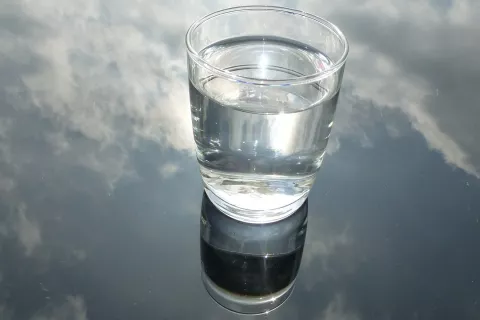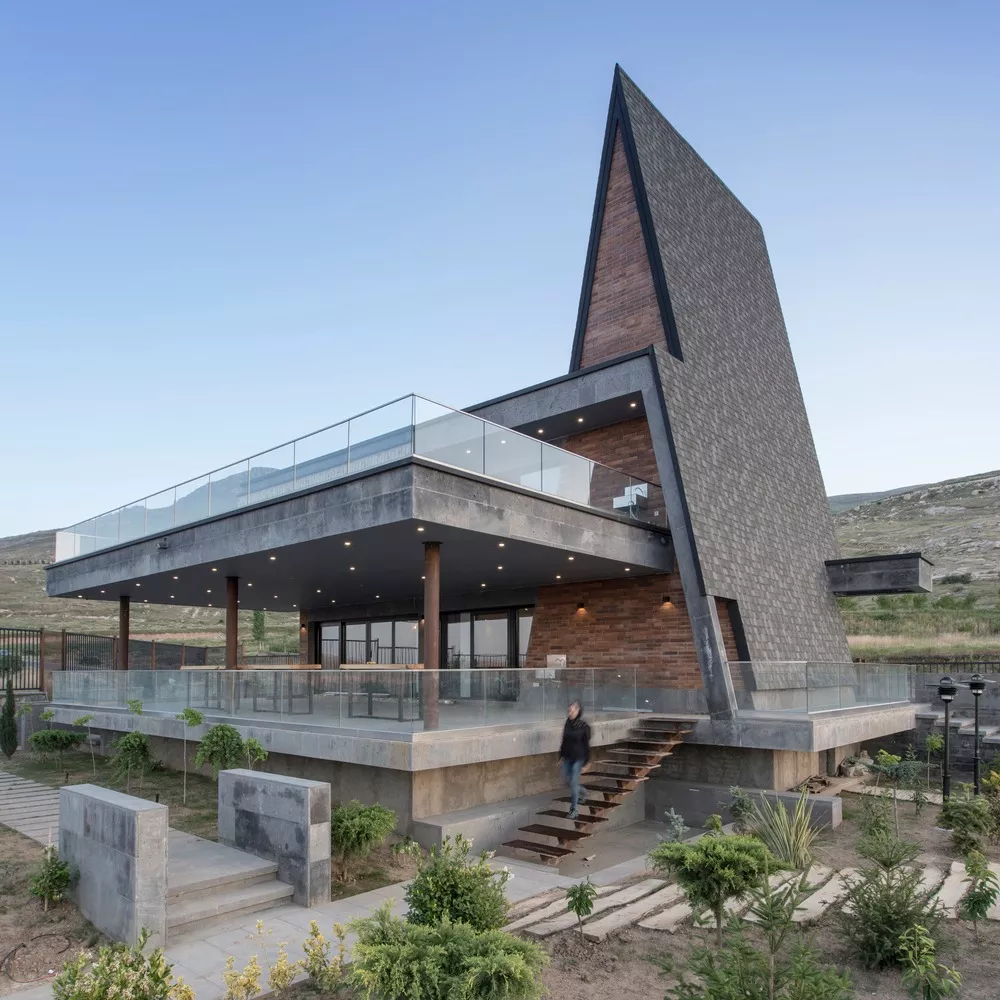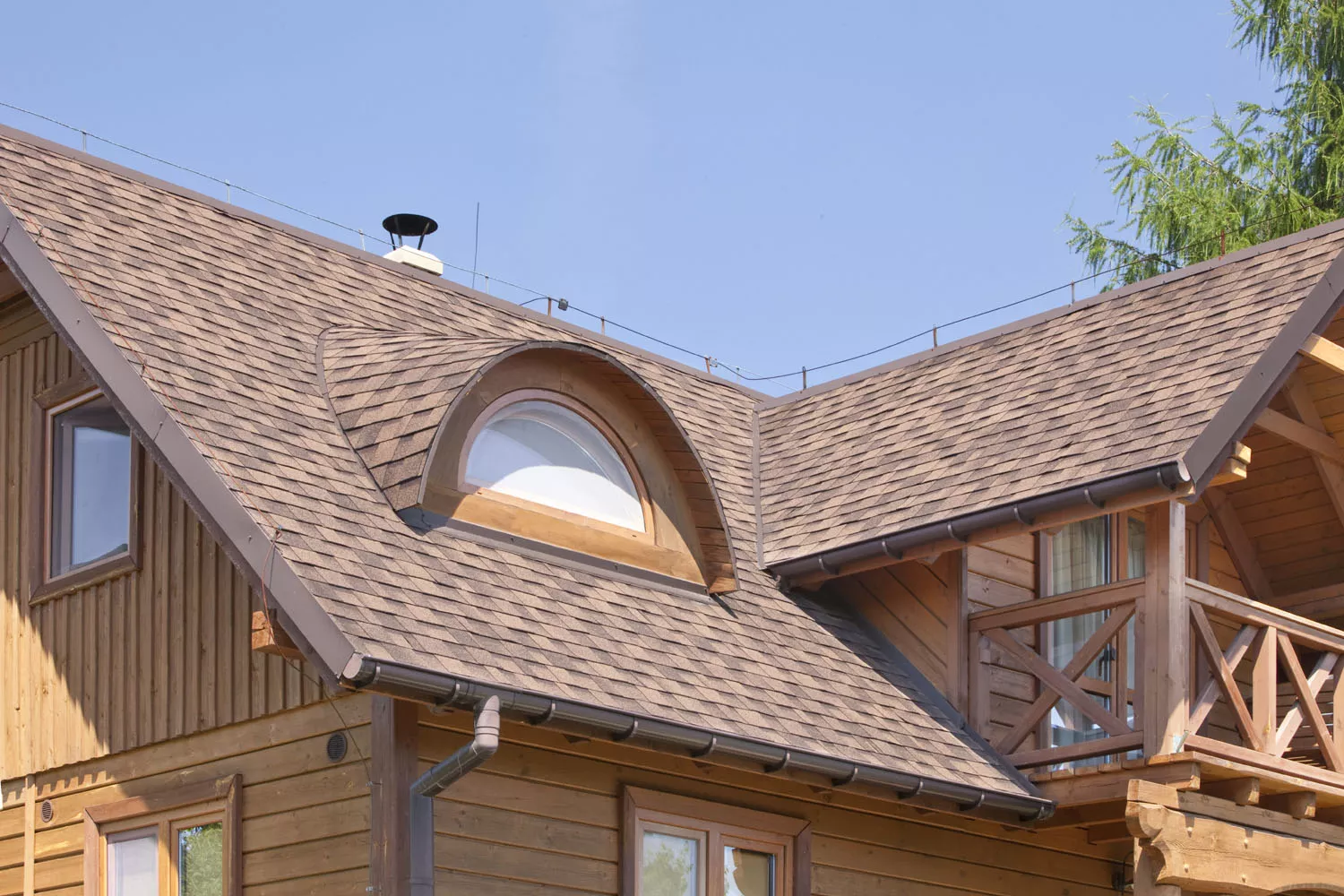Search
Search
1419 results were found.
Guarantee terms
In many cases, to have a manufacturer’s guarantee, you must register your product(s).
Before purchase, check whether this is possible in your country (some manufacturers limit guarantee registration by region – confirm whether it's allowed in your country).
Guarantee registration is time-limited – you must register it within a specified period.
Some manufacturers register the guarantee to a specific property owner with the option to transfer it once. If ownership changes, you may need to transfer the guarantee to the new buyer (this is usually allowed only once, often with an additional fee and a reduction of the guarantee period).
The transfer of the guarantee is also time-limited and may require document translation costs to confirm the new owner’s rights.
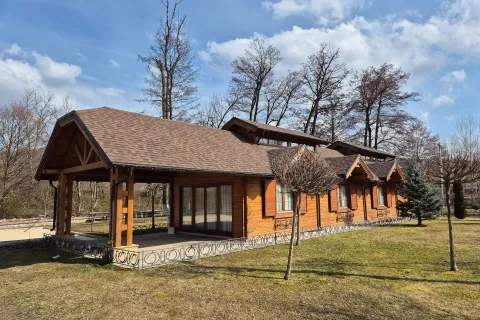
Check guarantee conditions
To ensure your guarantee is valid, the roof must be built according to local regulations and the manufacturer’s installation instructions. Some manufacturers require the use of original components from their system (check whether you can purchase them to meet guarantee requirements).
IKO’s most recent guarantee conditions can be downloaded here.
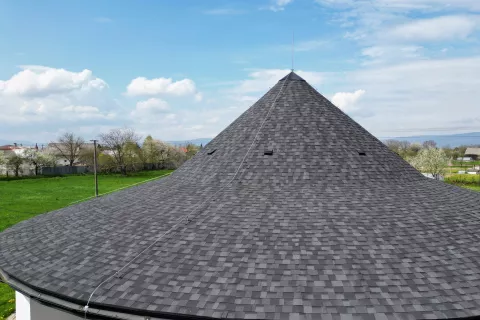
Submitting a claim and how it's processed
Check whether the manufacturer has a representative office in your country.
A local representative ensures:
- Easy communication
- No language barriers
- Fast response
- Possibility of roof inspection
The European IKO brand is available through many offices, see our locations. Apart from the offices, we also have a lot of local representatives. If you need to get it in touch in regards with a claim, you can easily contact us.
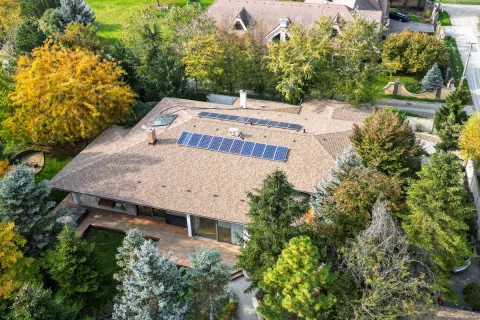
If there's no representative in your country, this may cause various issues when handling claims:
- Difficult contact due to language barriers
- Often no chance for on-site inspection (in disputes, you may need an independent expert)
- Lengthy claim process
- High additional costs for sending samples to the manufacturer
Also, check what documents are required to submit a claim:
- Proof of purchase
- For some manufacturers: registered guarantee
- Sending samples to the manufacturer
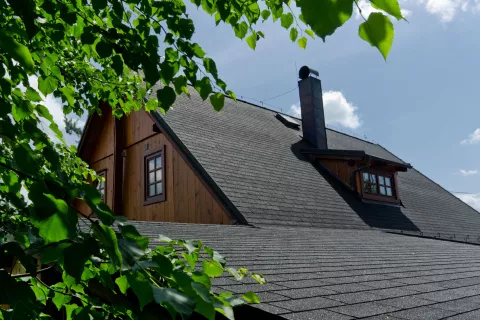
As you can see, the guarantee offered with your brand of shingles is an important factor to take into consideration. Be sure to take a close look at all the above mentioned facets before making this big decision.
In the previous blog post we already gave you 4 tips and tricks for the application of roof shingles during hot weather. Today we are going to take a look at the other 4. Follow our tips and the installation of a new roof during the summer or in tropical regions will be easier as ever before!
- Storage of roof shingles
- Proper footwear
- Planning the roof installation
- Avoid footprints and scuffing from work
- Sponges to avoid sliding / burning
- Protect yourself
- Cool the shingle surface
- Wind-seal dots side up
5. Have a piece of sponge from an old sofa
It’s always good to have a square piece of sponge or yellow foam (e.g. 1mx1m/10cm thick) in your working truck. This sponge prevents that you slide down on steep roofs and avoids burning from roof shingles during the application.
Additional tip: have two pieces of sponge / foam. Use one to sit or knee down on and put some roof shingles on the second one.
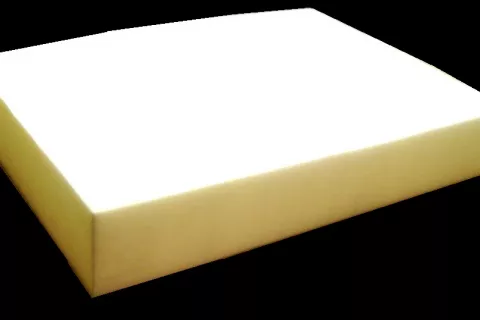
6. Drink more water and use sunscreen during hot weather
You need more water when your body temperature rises. Keep hydrated when you're working on roofs in hot temperatures to stay healthy and attentive. When you're outside in the heat, it’s important to drink plenty of fluids to prevent dehydration. We need fluids to keep our bodies properly cooled. Without enough water, you can experience muscle cramping, a heat exhaustion or a heat stroke. Use sunscreen on roofs to avoid getting a burn during sunny days.
